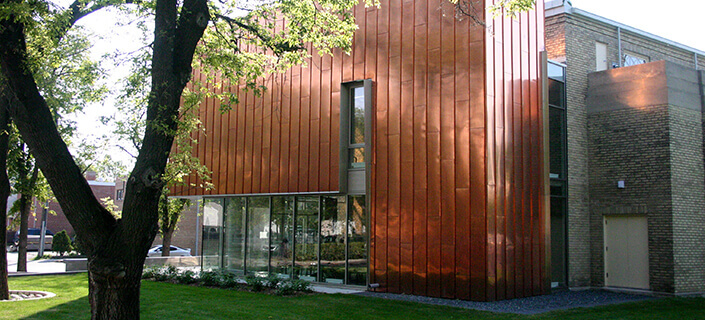
A walk in the forest, a stroll in the garden
By Dorothy Dobbie
Outside, the sun is shining, the birds are singing and the flowers are blooming; their colours dazzle the eye and soothe the soul. Scents, some detectable and others not, titillate the nose and stimulate our senses. It feels good to be alive and you breathe deeply for more of the same reward. Today, science is revealing what’s be-hind the way a beautiful day makes us feel and understanding the real, measurable benefits the natural world brings to our health.
Shinrin-yoku
Take trees. In Japan, they have set aside about 48 therapy trails through various forests where people can practice the art of shinrin-yoku, literally, forest bathing. Developed in the 1980s, this is a preventative health measure that has become a staple in Japan. Spending 20 minutes walking slowly through a forest – or simply resting among the trees – can reduce production of cortisol, the hormone associated with stress, by as much as 13.4 per cent, at the same time lowering blood pressure 1.4 per cent and bringing heart rates down 5.8 per cent. Chronic stress can promote anxiety, depression, heart disease, weight gain, and loss of memory and concentration. Diabetics have seen blood glucose levels also reduced.
Longer stays have more benefits: study after study has shown the same trends – stress levels down, immune-boosting cells increased, anti-cancer proteins in-creased, even learning function enhanced – and the paybacks last beyond the actual time spent in the forest.
The benefits appear to come from chemicals, and perhaps still-unidentified substances, released into the air by trees and other plants. One such substance, phytoncide, or wood essential oils (also found in some fruits and vegetables) has been identified as being exuded by evergreen trees. Tests done with cedar oil decreased blood pressure and stimulated activity in the systems-running prefrontal cortex, while the smell of Taiwan cypress increased concentration and productivity.
Plants and trees also have psychological effects, reducing hostility and depression. Today, forces of nature are being recommended as a treatment of attention deficit disorder in children.
Gardens and healing
It’s not just trees that have a beneficial effect, either. Gardens can be just as therapeutically effective.
In 2012, Scientific American had this to say: “Dismissed as peripheral to medical treatment for much of the 20th century, gardens are back in style, now featured in the design of most new hospitals. In a recent survey of 100 directors and architects of assisted-living residences, 82 per cent agreed that “the design of outdoor space should be one of the most important considerations in the design”.
The article cites a number of cases where people in hospital healed faster without the need for as much pain medication as those not exposed to a garden.
A study done in Sweden revealed that, “Horticulture therapy mediates emotional, cognitive and/or sensory motor functional improvement, increased social participation, health, well-being and life satisfaction.” In Uppsala, Sweden, it has been discovered that even nature paintings and photographic images can soothe and improve patient recoveries.
How the garden is designed is critically important. The more greenery and the fewer hard surfaces, the better, and certainly the ratio of 70 percent greenery to 30 per cent hard features should not be breached. Tree cover is essential. Paved pathways to accommodate wheelchairs or walkers should be lined with trees, shrubs, understorey greenery and flowers, punctuated by places where benches overlook a small clearing or forest view. Incidentally, these spaces also benefit staff, who then interact more benignly with patients.
Why does this work?
One clue is Mycobacterium vaccae, a soil-borne bacterium that has been dubbed the “happy bacteria” because, when breathed in, it induces the release of serotonin in the stomach. Serotonin is the chemical that is thought to govern mood balance, contributing to well-being and happiness. It also has an impact on cognitive functions including memory and learning. Serotonin may also help release dopa-mine in the brain. We’ve been hearing a lot lately about the damage over-use of opioids and other pain killers can do. If nothing else, they can rob the patient of his enjoyment of life. How much better to get out into nature, breathe in, and feel the lift in your body and soul that nature offers – and all free of charge.
Dorothy Dobbie is the publisher of Manitoba Gardener and host of The Gardner on CJNU 93.7 FM aired at 8:00 Sunday mornings.
Recent News

Embracing Hope: The Impact of DLC’s Movement Disorder Clinic

Winnipeg Jets Parkinson’s Disease Awareness Game!

